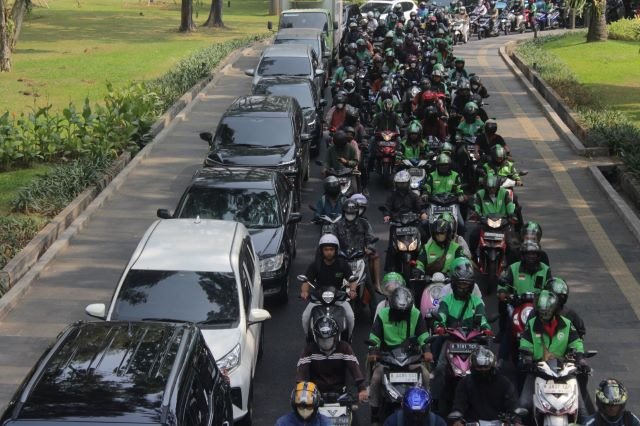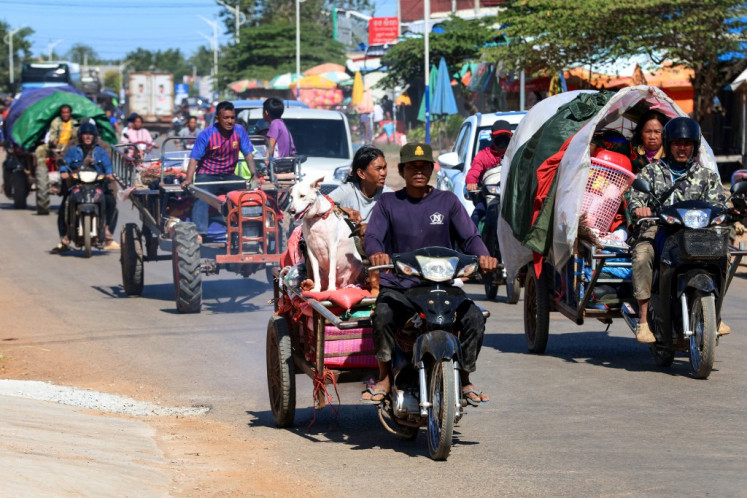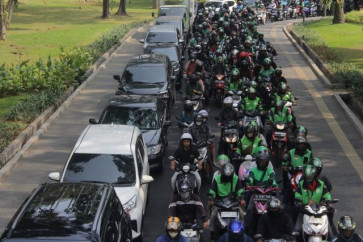Popular Reads
Top Results
Can't find what you're looking for?
View all search resultsPopular Reads
Top Results
Can't find what you're looking for?
View all search resultsTeaching how to ‘nudge’: A letter to policymakers
It seems that our policymakers – politicians – always choose a decision when they are in a hot state, rather than a cold one. Impulsive.
Change text size
Gift Premium Articles
to Anyone
N
ot long ago, Anies Baswedan, former Jakarta governor and a presumptive presidential candidate in the 2024 election, acknowledged at a public event that the primary source of air pollution in the capital city was industrial activity around the city's periphery. In the other discussions, he explicitly advocated for addressing this issue through increased utilization of public transportation and an expansion of green spaces.
Regardless of the solution to regain clean air, it remains evident that Jakartans need to favor public transportation over private vehicles. According to Statistics Indonesia (BPS) in 2022, there were over 3.5 million private cars and around 17 million private motorcycles in Jakarta, not counting the daily influx of vehicles into the city. Consequently, it is what we are today – mad pollution, total traffic and millions of lungs craving healthy air.
Instead of blaming past policymakers and making radical moves to ban or decrease the vehicle market, we should consider ways to encourage public transportation usage. But how?
If we wish to act like 21st century policymakers, we must acknowledge even the tiniest aspect of policymaking. It is not enough to just look at the big picture.
In Jakarta, and Indonesia more broadly, the behavior of the people is a crucial aspect that has been largely overlooked. Yet insights into the workings of the mind and behavior are receiving a lot of attention, particularly since the United Kingdom established a behavioral insights team in 2010 that was influenced by a Nobel Prize winner in economics, Richard Thaler.
It is certainly a revolutionary thing to form policies that consider the behavior of people. In fact, the revolution has been a huge success.
Back to the issue at hand, what can we do to alter public behavior? The root of the issue lies in the biases held by our citizens. Previous research contends that we may be trapped in various biases in our daily lives, such as the availability heuristic, wherein we tend to believe that examples that come to mind easily are more representative of a situation than they truly are (Ross, M., and Sicoly, F., 1979). And there is present bias, which prioritizes the present and tends to minimize the value of future events and outcomes (Donoghue, T., and Rabin, M., 1999).



















